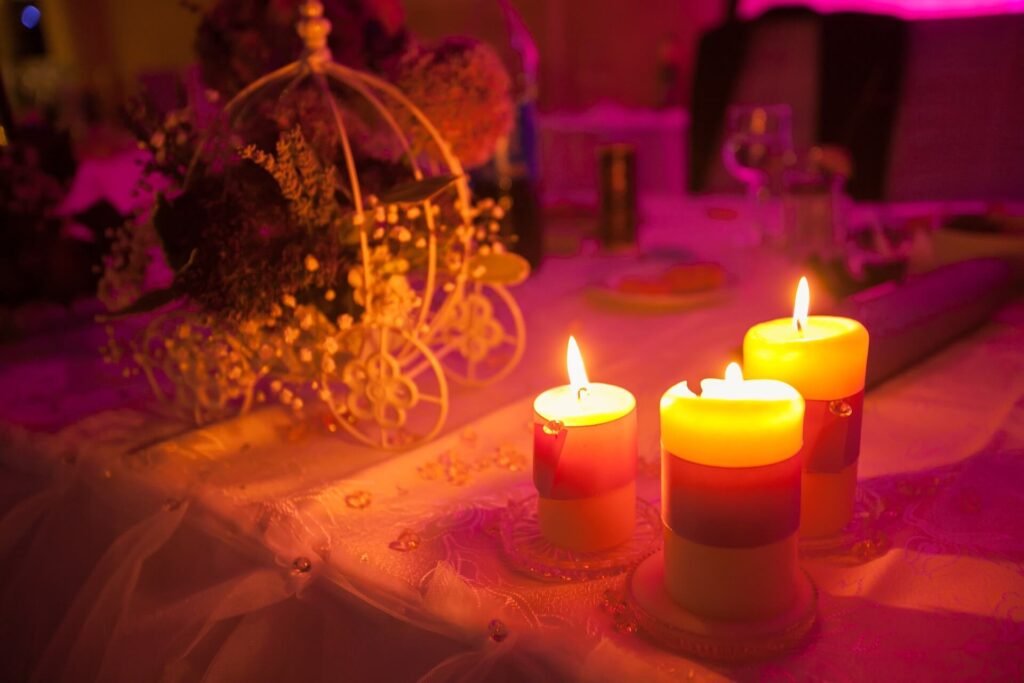Cinematography- a process of capturing actions and moments through videography.
CINEMATOGRAPHY


- Welcome to one of the greatest arenas of technical words and concepts in film making.
- In cinematography, science is involved in a much more deeper way than we just see it, every time I tried to grasp it I failed miserably again and again and again. There are two reasons
- I am not good with all the form of sciences,
- I didn’t pay much attention in science classes throughout my entire educational part of life. so now I have to pay the price.
- So if you’re not good at science does that mean you can’t be a cinematographer? If someone says yes, you can’t, then that would be the lie of the century. Simply because science is variable from one manufacturer to another in the form of technology, particularly, when it comes to the camera, lenses, and other accessories. New and new technologies are coming, it’s not coming actually, it’s raining. So you can’t grasp the science and its entirety always, it’s not impossible, it’s just complex for a normal being.
- Now, what is the solution then? The solution is till you have clarity over what do you need, what is your budget, and what kind of results your camera is giving with different settings. When you have clarity over these questions, without being a scientist you will be able to find the solution.
- Now when it comes to technology, many technical terms and ideas behind those terms you are going to face in cinematography. If you in any way feel you’re not prepared enough yet, or the information is making you bored or frustrated and more frustrated, you can skip those at least for now to save your time and not to increase your blood pressure in an unnecessary way.
- These terms are given to express the relatable knowledge out of it. And knowledge is not for making you bored or frustrated, knowledge is there to free you from the frustrated or bored situation, knowledge is for making complex things simple.
- So if you feel bored or frustrated then definitely it’s not the time for you right now, but when you need it, it will help you, nothing to worry about.
The word “cinematography” originated from two Greek words –
- Kinema —means movement or motion.
- Graphein – means to write.
Together it means “motion writing”. A better representation would be “motion recording”.
And who does cinematography we call them “cinematographer”, also called as “director of photography”.
As a cinematographer fast and foremost what you need is- know the gadgets that you’re going to use to capture media footage and the people that you’re going to work with.
Cameras and types of cameras
According to your budget you can choose your cameras – according to the budget and needs, if we divide cameras there are some are less expensive and some are highly expensive.
With that the two divisions are –
- Non-feature film making. ( less expensive )
- Mobile cameras.
- DSLR cameras.
- Mirrorless cameras.
- Camcorders
- Feature film making. ( highly expensive )
- Cinema cameras.
Lenses and types of lenses
Lenses are also divided into two parts –
- According to their focal length.
- Wide/wide-angle lenses ( less than 50mm focal length).
- Normal lenses (50mm focal length).
- Telephoto lenses (greater than 50 mm focal length).
Now again wide-angle lenses are divided further into two parts –
- Wide lenses.
- Ultra-wide lenses.
Similarly Telephoto lenses they are also further divided into two parts –
- Telephoto lenses.
- Super telephoto lenses.
2.According to their nature and usage.
- Macro lenses.
- Zoom lenses.
- Prime lenses
- Cinema lenses.
- Anamorphic lenses.
(it’s not that in 2nd division of lenses focal length is not important, that’s there, simply because without focal length we can’t able to compose anything appropriately, so the focal length is there but the nature, behavior, and usage of the lenses are overpowered to the focal length of the lenses. )
Camera, accessories and their importance
First, let’s understand what a camera does?
Basically, we use a camera to shoot ( whether a still or a video ). For shooting first and foremost you need a camera, then a lens, a microphone, a headphone, a memory card, to hold the camera – a stand ( could be a tripod, stabilizer, gimbal, or camera dolly or something according to your needs ), and a battery to supply energy.
We could say the camera is the body, the lens, is the eye, the microphone ( sound input ) is the ear, the sound output ( speaker within the camera or a headphone or something else) is the mouth, the memory card is the brain ( storage area ), stand is the leg, and the battery is the heart ( energy supplier).
Creative leaders who work with a cinematographer
- Director.
- Gaffer.
- Sound recording artists.
